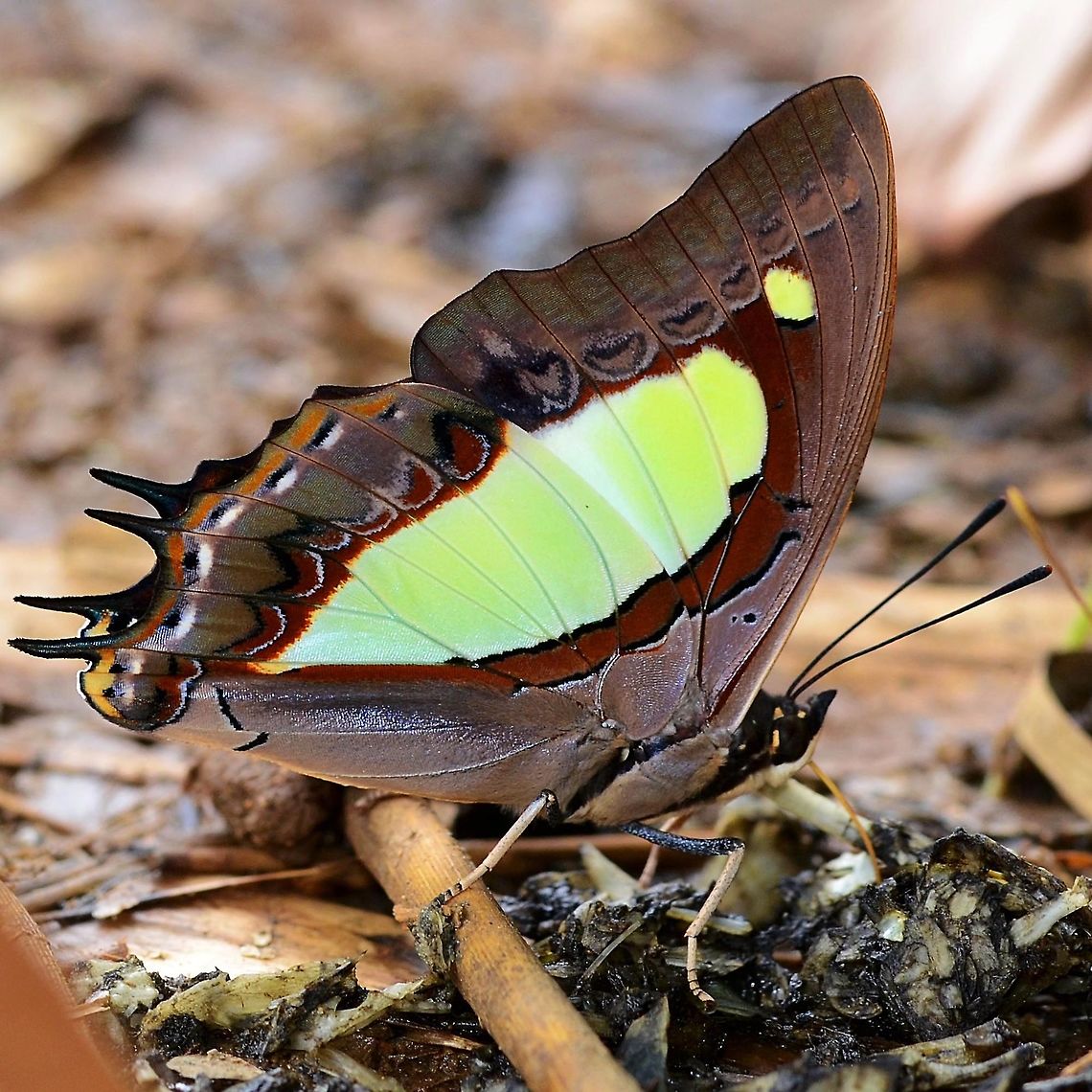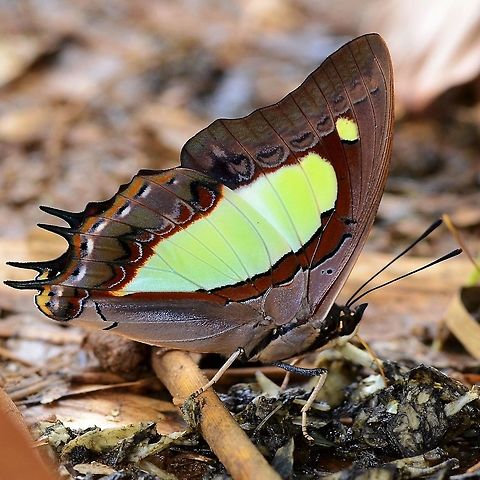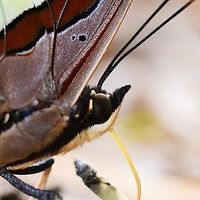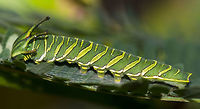 Promoted
Promoted

The anomalous nawab is a butterfly found in Asia that belongs to the rajahs and nawabs group, that is, the Charaxinae group of the brush-footed butterflies family. The name is based on their resemblance to the common nawab ''Charaxes athamas'', which was described prior to the discovery of the species.
Similar species: Moths And Butterflies
By Vodkaman
All rights reserved
Uploaded Apr 19, 2016. Captured Jan 25, 2013 11:46 in Jl. Lavender No.8, Ciwaruga, Parongpong, Kabupaten Bandung Barat, Jawa Barat, Indonesia.



comments (6)
Dave Posted 9 years ago
Dave Posted 9 years ago
When you arrive at the bug safari, before you pick up your camera and start bumbling along, take a look around. See if anything is going on before you disturb the scene. If there is nothing, then you can start slow scanning the bushes, BUT, every now and then, stand up and take a fresh look around.
In this case, I saw butterflies of different species, mud puddling. If you are not sure what this is, do a Google search and have a read.
You can try a slow approach to mud puddlers, but they will be feeling vulnerable, exposed and skittish, being out in the open and on the ground. The images are going to be poor because you are too far away and looking down at an angle. This means that even if you get close enough, the focal plane will cut through the wings and you will not get a good focused image.
For a sharp focus, you need to be on the same plane as the wings. This means lying down and getting your chin in the mud, it is the only way.
Don't worry about scaring the butterflies away. They want the mud and so will return. Lie down and get your position and settings sorted, and wait. It should not take more than a few minutes.
Bug shots are always more interesting if you are on the same level as the bug. You will also need all the right views for identification, but then you need your arty shots, to try and make viewers say 'Wow!', to make them want to see more.
As for scanning the bushes, it takes me about 1.5 to 2 hours to cover 100m depending on how much action there is. This includes plenty of pauses, just to stare into the bush. If you stay absolutely still, the bush often starts coming alive with stuff you never saw before. Inch worm cases start moving, spiders that hid under a leaf come out, a mantis moves and gives its position away.
Observation is the skill, position is the art, the camera is just a tool that needs to be mastered. Welcome to the jungle. Looking forward to seeing your pics :)
Dave Posted 9 years ago, modified 9 years ago